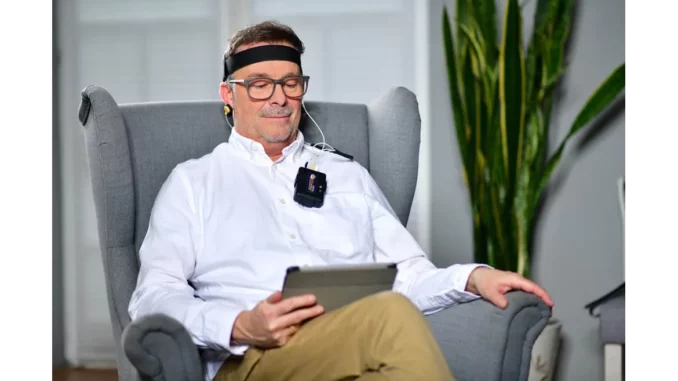
In an era where the boundaries between science fiction and reality are increasingly blurred, the prospect of controlling computers with mere thought is no longer a distant fantasy. This remarkable development is being ushered in by the rapidly advancing field of brain-computer interface (BCI) technology. Recently, I had the privilege of discussing this revolutionary domain with Dr. Sarah Mitchell, a researcher at the Johns Hopkins Applied Physics Laboratory in Maryland. Here, I summarise her insights and experiences from being part of a team that is charting new territory in non-invasive BCI systems.
Dr. Mitchell was visibly enthusiastic as she recounted the innovative application of digital holographic imaging (DHI) to record neural activity without resorting to invasive procedures. “Historically, the most effective BCI technologies necessitated surgical implants, which inherently limited their use due to the invasive nature of the procedure,” she explained. “Our objective was to transcend this limitation by discovering a novel signal that could be detected through the scalp and skull.”
The heart of their research lies in the utilisation of DHI technology, which involves illuminating neural tissue with a laser and capturing the resulting scattered light using a specialised camera. This technique enables the creation of intricate images of brain tissue, capturing minute changes in velocity—changes that are no more than tens of nanometres in height. “The importance of these measurements is profound,” Dr. Mitchell stated. “It’s comparable to discerning a whisper amidst the hubbub of a bustling city. The brain is a complex and noisy environment, with physiological ‘clutter’ such as blood flow and heart rate potentially obscuring the neural signals we seek.”
Despite these challenges, the research team, under the leadership of principal investigator David Blodgett, successfully validated tissue deformation as a reliable indicator of neural activity. This achievement was made possible through a multidisciplinary approach that integrated expertise from biomedical imaging, acoustic processing, and neuroscience. Dr. Mitchell elaborated on the potential applications of their work, noting that, “Beyond BCIs, the ability to non-invasively monitor intracranial pressure could revolutionise clinical settings. Currently, such measurements necessitate drilling into the skull—a non-invasive alternative would be a monumental advancement.”
In discussing the broader implications of their research, Dr. Mitchell emphasised the importance of non-invasive BCIs for a wider demographic. “At present, BCI technology is largely confined to clinical cases due to the requirement for implants. By developing a non-invasive method, we can vastly expand its applications, potentially aiding individuals with severe motor impairments or other neurological conditions.”
Reaching this milestone was not without its obstacles. Dr. Mitchell detailed the numerous tests conducted over several years to ensure the accuracy of their findings. “We had to be absolutely certain that the signals we were detecting were indeed neural activity,” she recounted. “The process was painstaking, but the potential rewards kept us motivated.” As our conversation drew to a close, Dr. Mitchell reflected on the future trajectory of BCI technology. “The next step involves demonstrating the potential for both basic and clinical neuroscience applications in humans. We have laid the groundwork, but there is still much to explore.”
In this age of rapid technological advancement, the efforts of Dr. Mitchell and her team at Johns Hopkins APL stand as a testament to the incredible possibilities that lie ahead in the realm of brain-computer interfaces. Their research not only heralds a new era of non-invasive BCIs but also paves the way for a future where controlling technology with our minds becomes a commonplace reality. As I concluded the interview, I was left in awe at the notion of a world where the power of the human mind transcends the physical confines of the body. It is a world where what was once deemed fantastical is inching ever closer to becoming part of our everyday lives, thanks to the pioneering efforts of researchers like Dr. Mitchell and her team.


Be the first to comment